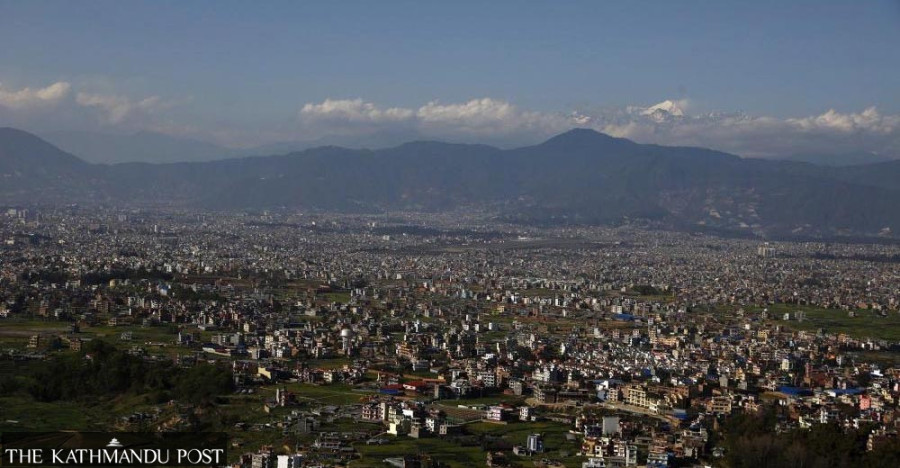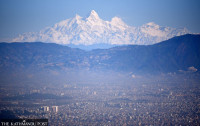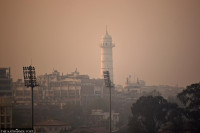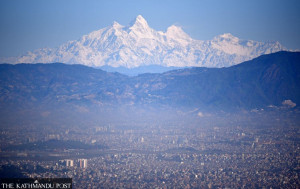Climate & Environment
Weather to clear from today, Met office says
The country has witnessed below-average rainfall this year, according to the department.
Post Report
The Meteorological Forecasting Division of the Department of Hydrology and Meteorology on Wednesday said the rainfall that has continued for the past several days was forecast to stop from Wednesday night and the weather will be clear from Thursday.
A spell of rainfall triggered by a low-pressure area formed over the Bay of Bengal that shifted to southern Bihar and Jharkhand of India, causing rains for the last several days in Nepal, has affected life across the country.
“The weather will improve from Thursday,” said Raju Pradhananga, a senior divisional meteorologist. “Also, monsoon will start withdrawing from western Nepal after a few days.”
Generally, June 13 and October 2 are taken as monsoon onset and exit dates, respectively, in Nepal. This year, the monsoon entered the country on June 14, a day later than the average date. Last year, the monsoon retreated only during the second week of October.
On Wednesday, most parts of Koshi, Bagmati and Gandaki provinces witnessed rain. Heavy rainfall in some places has increased river flows and caused landslides, which also obstructed several highways, leaving hundreds of commuters stranded for hours.
Normally, the country receives an average of 1,472 mm rainfall in the four months of June, July, August and September. However, the country has witnessed below-average rainfall this year, according to the department.
Officials said that most districts of the Tarai witnessed below-average rainfall this monsoon.
A lack of sufficient rainfall in the districts has not only impacted the cultivation of all arable lands but also prevented farmers from planting crops on time. This means agricultural yields are going to take a hit.
Like most farmers in Nepal, those in the Tarai depend heavily on rainfall due to a lack of irrigation infrastructure. And, rice cultivation needs a huge amount of water as paddies need to be flooded throughout the growing season. A below-average rainfall in these areas this year will badly hit food production, experts say.
Officials at the Department of Agriculture said all indicators regarding agricultural production are negative, except the availability of chemical fertilisers.
Experts say a reduction in agricultural production means a rise in inflation levels from which many Nepalis get affected.
“This week’s rainfall has hit farmers from Lumbini and Sudurpaschim provinces, as some were preparing to harvest the rice crop,” said Sunil Kumar Singh, an information officer at the department.
Nepal has been at the receiving end of the worst effects of the climate crisis and has witnessed multiple extreme weather events over the past decade and a half.
Evidence suggests that the maximum temperature in Nepal is rising faster, at 0.056 degrees Celsius a year, compared to the global average of 0.03 degrees.
Experts say extreme weather events—excessive rainfall in a short span of time, continuous rains for several days post-monsoon, dry spells and droughts, below-average precipitation and above-normal temperatures in winter—have become more frequent in recent years.
Scores of studies and scientific analyses over the decade, and more recently the IPCC report, have warned that Nepal is one of the most vulnerable countries to climate change, and it takes more than a business-as-usual approach to tackle the adverse impacts.




 7.12°C Kathmandu
7.12°C Kathmandu










